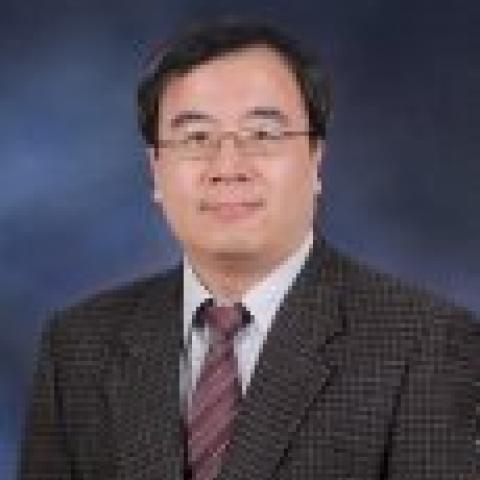Abstract
Abstract:
The two eyes are yoked, and yet the visual inputs are disparate in space and time. How the brain works on these disparities to achieve unitary perception is one of the fundamental questions in neuroscience. In this talk, I will first discuss temporal disparity that presumably underlies normal and clinical perceptual phenomena, such as the Pulfrich effect and visual symptoms in patients with optic neuritis. Recent experiments in my lab demonstrated neural signatures of interocular inhibition in visual evoked potentials when asynchrony was introduced in binocular visual stimulation. Second, I will focus on torsional disparity between the eyes. While studied much less than other types of spatial disparity, it is of substantial scientific and technological significance:
1) Given the importance of orientation tuning in the visual cortices, torsional disparity leading to orientation mismatch between the two retinae compli-
cates the correspondence problem in binocular summation and suppression.
2) It poses one of the most challenging issues in virtual reality technology, such as head-mounted displays (HMD), since torsion differs between the two
eyes in vergence, due to the binocular extension of Listing’s law. Investigations in my lab have shown that this indeed is a significant factor in neurologic
side effects of HMD.
Ways to understand and study the impact of torsion and/or temporal disparities on perception and oculomotor kinematics will be discussed.
Host: John Brabyn

